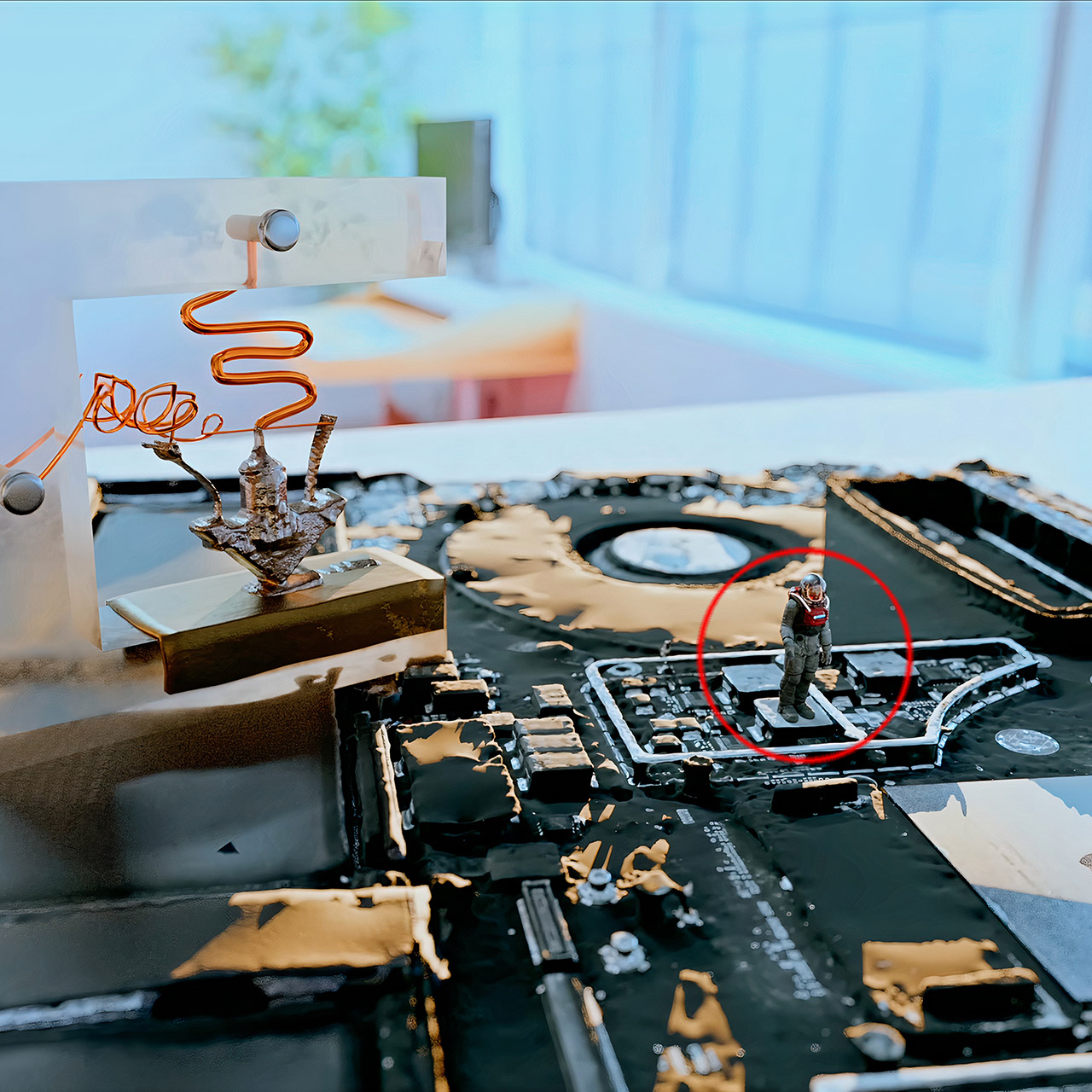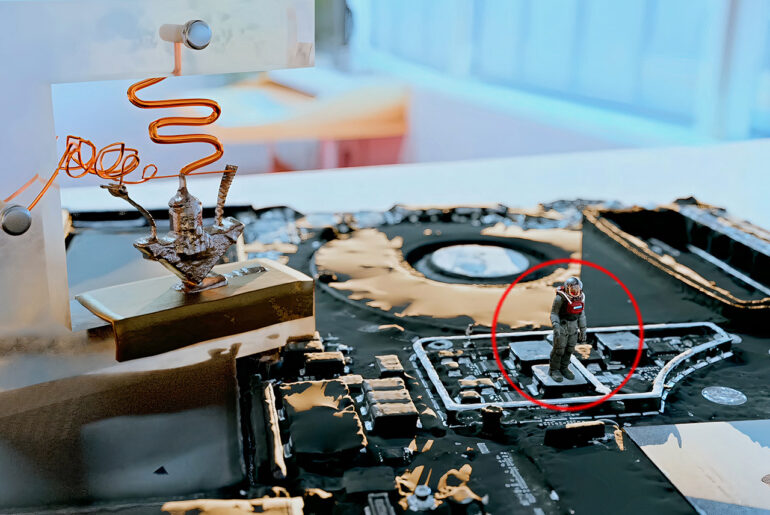
Boston Dynamics continues their annual tradition of unique videos that somehow manage to combine cutting-edge robotics with genuine holiday spirit. The business has just released a new clip for 2025 titled “Happy Holidays from Boston Dynamics | 2025,” and it just works. This time, they gathered together their cutting edge humanoid robot, Atlas 2.0, and the quadruped Spot.
![]()
Google just released the Pixel 10 Pro a few months ago, starting at $999. Well, now you can now get a fully unlocked 128GB variant for only $649 (after clipping the on-page $100 off coupon), which brings this top-tier phone down to earth. Especially when compared to the iPhone 17 Pro, which starts at an even higher $1,099 without immediate savings.

Marques Brownlee, or MKBHD, takes us on a mind-bending visual voyage into the world of diminishing scales in his most recent video. Using some very clever animations, he takes us through a step-by-step reduction in his size, demonstrating how incredibly small modern computer parts have become. Every snap of his fingers transports him down another dimension, making everyday objects appear like enormous vistas.

Derek Muller begins his new Veritasium video with a basic question on what happens if the sun suddenly vanishes. That’s the big question because Earth would just keep orbiting for around eight minutes, or the time it takes for light to reach us. Sir Isaac Newton believed that gravity was an immediate force that works over space, but Albert Einstein’s general relativity changed that. He demonstrated that gravitational changes propagate at the speed of light through ripples in space-time. This law keeps the universe in order and prevents all kinds of paradoxical situations from occurring.

Xiaomi has once again collaborated with Leica to develop a very special edition of its top-of-the-line flagship phone, the 17 Ultra Leica Edition. This device features some very unique design choices and controls that are clearly inspired by old cameras. When you pick it up, the experience changes from what you would generally expect from a smartphone camera.

Photo credit: Federal-Reception394
Retro gaming handhelds used to be the excitement of the hunt, with people scouring store shelves to discover which new models were available. People nowadays have taken it a step further by designing their own from the ground up, printing cases at home and assembling parts that can be simply obtained online. The Zeroboy XP is one such project that stands out because to its incredibly clean design.

Photo credit: 1trollzor1
On Christmas Eve, a user on the r/pcmasterrace subreddit revealed a holiday surprise that quickly drew everyone’s attention. They posted a few images of two enormous boxes, and it turned out they had ordered only two $250 Samsung 9100 PRO 2TB SSDs to give their setup a boost.

On Christmas Day, seven astronauts aboard the ISS were in orbit high above the Earth, racing around the planet no fewer than 16 times at an incredible 17,500 miles per hour, while everyone else was down below opening presents and spending time with family and friends. Commander Mike Fincke led the Expedition 74 crew in creating a touching video message that was sent back down to loved ones, mission control staff, and families all around the world.

Sony launched the PlayStation 5 Pro into a saturated console market last year, charging a stunning $749 for a machine that boasts more power than any previous PlayStation. Now, a year later, and a $100 price drop has brought it down to $649. With the deal coming to an end, gamers have a unique opportunity to get this improved system before prices rise again.

In the latest installment of JerryRigEverything’s durability tests, Zach Nelson put Samsung’s Galaxy Z TriFold through the wringer. This extremely cool device folds twice to change a 10-inch tablet into a super compact phone, and its profile is incredibly small, measuring only 3.9 millimeters at its slimmest point, with two hinges and everything neatly organized.









